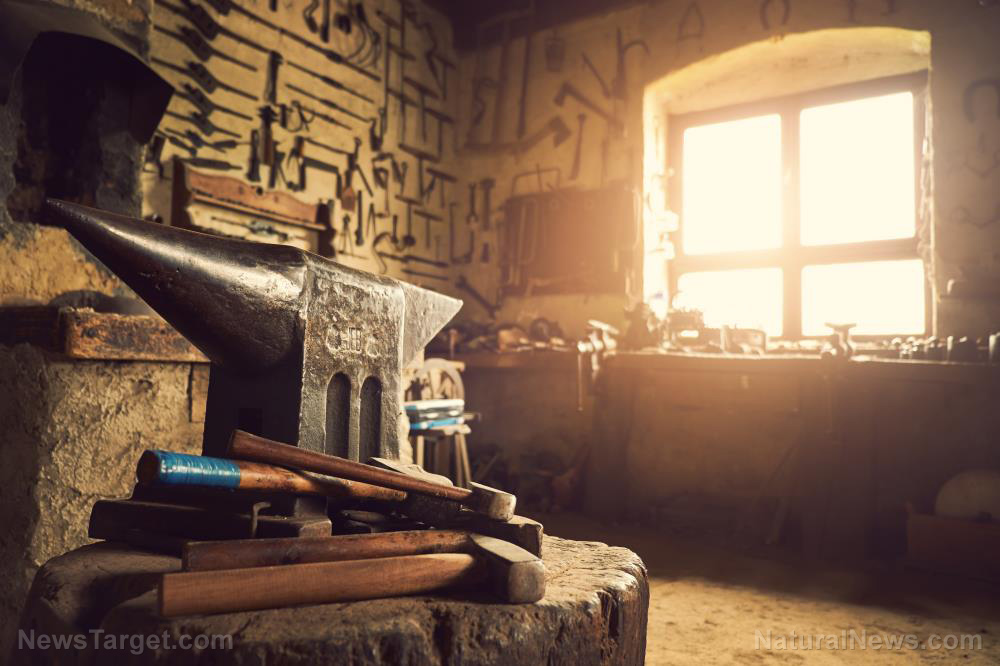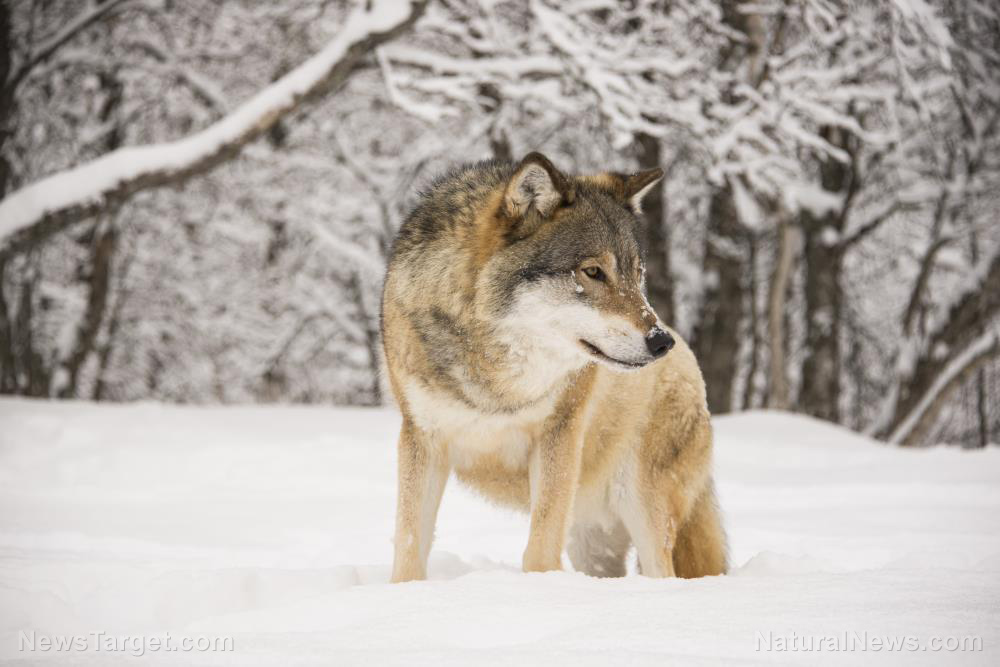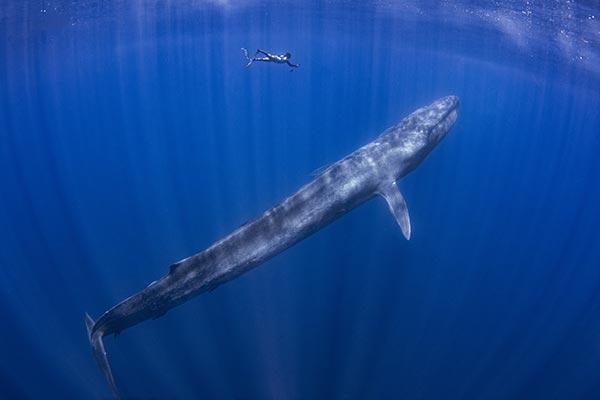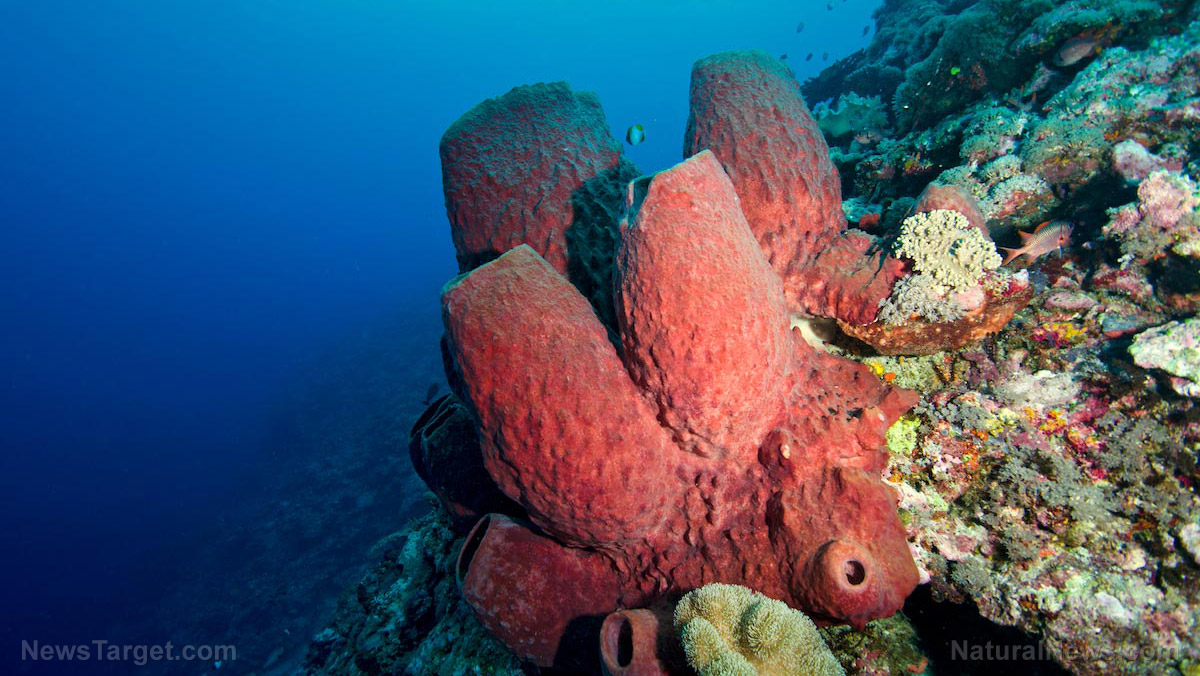Saltdale is slowly decaying at the hands of the mineral that once made it flourish – SALT
02/22/2024 / By Zoey Sky

Saltdale in southern California is slowly sinking into Koehn Lake, a dry lake bed with salt deposits on its surface in the Mojave Desert.
In the 1910s, the town produced tens of thousands of tons of salt every year. Decades later, the mine supported a community with a school, post office and a company store. Now, all that’s left are remnants of an expired town that is slowly decaying, ironically, because of salt.
Saltdale is surrounded by raised ridges of hardened mud that divide Koehn Lake into tiny man-made pools of mushy salt. On top of these ridges are the remains of a once-extensive salt-mining operation. (Related: Japanese designers unveil plan to house 40,000 people in a “Noah’s Ark-like” floating city.)
Koehn Lake’s name is misleading. The lake is a dry lake, or, to be precise, a moist one. The empty lakebed sits atop an undrained basin and the water from the basin reaches ground level through capillary action, a process that also helps pull water up tree trunks.
The water then moistens the sand on the surface, turning it into a mush with the consistency of quicksand.
Most importantly, the water carries with it salt, which it deposits on the lake’s surface. The salt finally crystallizes into a white, frosty layer.
Timothy Karoff, a reporter, talked about his experience visiting Saltdale in October last year. While exploring the ghost town, Karoff saw metal half-pipes with their tops rusting away and wooden train tracks that had “frayed into limp, wispy splinters.”
He also saw fences that were originally built to box in the pools that have tilted into the muck. In some of the pools, Karoff saw thin films of salt that climbed over recently discarded beer cans in what he thinks was “the first step in a long process of salt decay.”
Saltdale was quiet, except for the desert wind and the occasional, muffled sonic booms from jets at the Edwards Air Force Base.
Karoff tried stepping into one of the pools of salt. While it felt solid at first, the mineral layer cracked and eventually gave way to quicksand. He also saw a small building with corrugated metal walls in the middle of one of the salt pools. Rust climbed from its base while its outer wall warped outward.
The structure slanted as if it was about to sink, and he thinks it was the only remaining building in Saltdale.
Rush for “white gold” created Saltdale
The town grew out of salt mining operations that began in the early 1900s.
Opportunists realized the lake’s potential and rushed to acquire mining claims. While salt wasn’t as valuable as gold, the former’s use in chemical and industrial processes made it a precious mineral.
At first, Koehn Lake’s salt supply was seemingly endless. Every year since the mining began, fresh salt climbed to the surface, replenishing the stores. Other factors, such as the lake’s location near a railway and power infrastructure not far from Los Angeles, made it even more desirable.
Larry Vredenburgh, a co-author of the Desert Symposium article, explained that every year “you could mine it and there would be more salt.”
But even Vredenburgh, who worked as a Bureau of Land Management geologist for 40 years, acknowledged that the history of the mining operation’s early days is hard to analyze.
Several miners held placer claims to the lake, many of which were leased to other, bigger mining operations. Claim jumping was also common.
Conflicts over mining claims gradually reached their violent climax in a gunfight in 1912 between two dueling claimholders.
In 1914, the Consolidated Salt Company took over most of the salt mining operations and built a four-story mill. It employed an estimated 30 to 65 people at the time, which was enough to sustain a small town.
Saltdale was also founded in 1914. The community was too small that it never incorporated and it remained a company town for the duration of its brief existence. Employees and their families lived in wooden houses and shopped at the Saltdale company store. Residents went to church in the nearby towns of Randsburg and Cantil.
During the height of the Great Depression throughout the 1930s, the plant produced between 3,800 and 8,100 tons of salt per year for a decade.
Drought caused Saltdale’s eventual demise
The histories of western mining towns are “tales of boom and bust,” and Saltdale’s fate was the same.
Saltdale’s good times soured in the late 1940s, when a few nearly rainless years shuttered the mining operation. As less water was seeping into the lake, there was also less groundwater to carry salt deposits to the lakebed.
Vredenburgh explained that “somehow in the process of the dwindling rainfall, it didn’t deposit as much salt as it normally would have.” This heralded the town’s quick decay and Saltdale quickly collapsed.
By 1949, only three employees were working at the mill. The post office closed in 1950 and the school district dissolved the following year.
While the salt mill continued to churn through imported salt, the town of Saltdale was gone. In the 1970s, the mill finally shuttered and no trace of the structure remains today.
Karoff said the most striking sight at Saltdale is not its tattered industrial debris, but the lake that passively feeds on them.
Koehn Lake is now “a milky, crystalline expanse, faintly gleaming under the desert sun,” Karoff said. He explained that salt creeps upward and that it damages wood and rusts metal, which are the two materials from which most of Saltdale was constructed.
Some structures, like the corrugated metal building, sink into the salty muck. In Saltdale, the salt climbs out of the lake and corrodes the remaining railroad tracks.
Saltdale has a curious fate compared to other ghost towns. Most mining towns remain after they’re deserted. However, Saltdale is decaying at the hands of the mineral that once made it flourish.
Visit Discoveries.news for more stories like this.
Watch the video below to explore an abandoned ranch in the Sonoron Desert at the base of the Tortolita Mountains.
This video is from the Cahlen channel on Brighteon.com.
More related stories:
Experts discover “terror beast” fossils in Greenland that are over half a BILLION years old.
Experts say the world’s biggest iceberg is drifting fast after being stuck in one spot for 30 years.
Sources include:
Submit a correction >>
Tagged Under:
abandoned towns, California, cool science, discoveries, Ecology, environment, ghost towns, history, Koehn Lake, real investigations, research, salt, salt deposits, Saltdale, weird science, white gold
This article may contain statements that reflect the opinion of the author
RECENT NEWS & ARTICLES
COPYRIGHT © 2017 WEIRDSCIENCENEWS.COM
All content posted on this site is protected under Free Speech. WeirdScienceNews.com is not responsible for content written by contributing authors. The information on this site is provided for educational and entertainment purposes only. It is not intended as a substitute for professional advice of any kind. WeirdScienceNews.com assumes no responsibility for the use or misuse of this material. All trademarks, registered trademarks and service marks mentioned on this site are the property of their respective owners.




















